In today’s world, comfort means clothing that can adapt to changing climates, keeping you warm or cool as needed. Researchers, supported by the American Chemical Society (ACS), have developed a new chalk-based coating for fabrics that can reduce body temperature by up to 8 degrees Fahrenheit. This innovation uses limestone crystals, known for their natural cooling properties, to achieve the effect.

Evan D. Patamia, a lead researcher and student at the University of Massachusetts, presented this breakthrough at the ACS Fall meeting in August 2024. Previously, Patamia had been working on building a range of fabrics that could conduct the process of “radiative cooling,” implying that the fabric deflects the sun’s rays while simultaneously pushing out body heat. Materials like titanium dioxide or aluminum oxide are light-reflecting materials, whereas some organic polymers require the addition of chemicals to be able to reflect the light. So, Patamia and his fellow researcher Megan Yee asked themselves the question, “Can we develop a textile coating that does the same thing using natural or environmentally benign materials?”
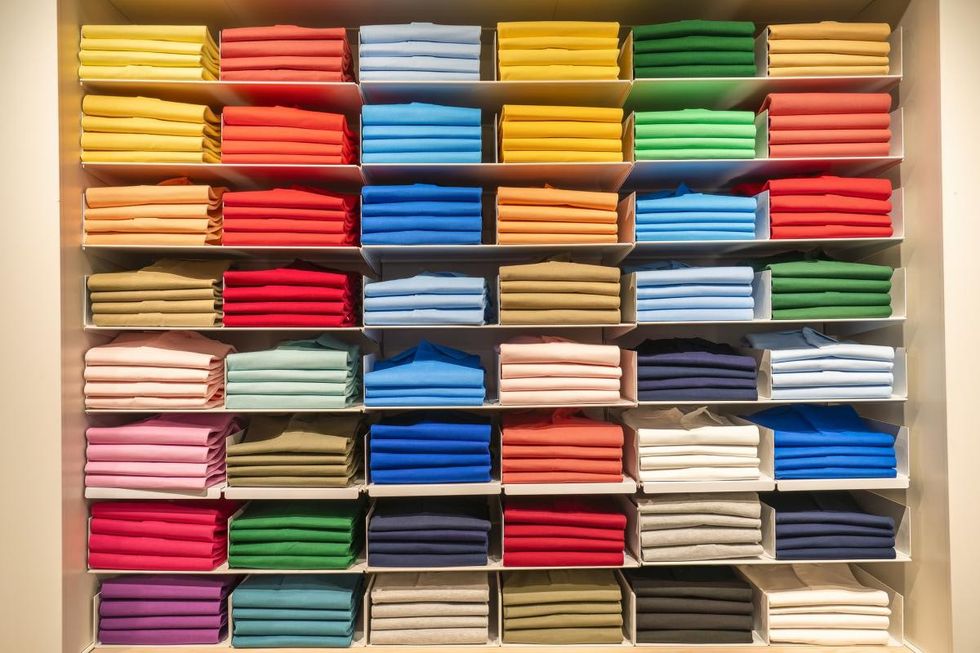
Trisha L. Andrew, a chemist and materials scientist working with Patamia, said, “If you walk out into the sunlight, you will get increasingly hot because your body and clothing are absorbing ultraviolet (UV) and near-infrared (near-IR) light from the sun.” However, limestone crystals can reflect both UV and IR light, helping to keep you cool.
Andrew and Patamia conceived the idea of using limestone after being inspired by the plasters that people use to keep their houses cool during summers. In an elaborate process, Patamia and Yee created a mixture of calcium carbonate, the main component in limestone, chalk, and bio-compatible barium sulfate to coat the polymer.

Once the chemical solutions were ready, the researchers ripped small squares of fabric and repeatedly dipped some of them in the solution. With each dip, the crystals became smoother, creating a matte-like sheen on the squares. After this task, the researchers stowed away the treated and untreated fabrics into their bags and headed out to take a stroll outside in the sun as temperatures went up to 90 degrees Fahrenheit. In the middle of the afternoon, they analyzed the effects of the sun on the two kinds of fabrics and were excited to note the result. “We see a true cooling effect,” said Patamia. “What is underneath the sample feels colder than standing in the shade.”
What’s even more interesting about this chalk-based coating is that it doesn’t get wiped away from a garment when the fabric is washed. “What makes our technique unique is that we can do this on nearly any commercially available fabric and turn it into something that can keep people cool,” concluded Patamia. “Without any power input, we’re able to reduce how hot a person feels, which could be a valuable resource where people are struggling to stay cool in extremely hot environments.”
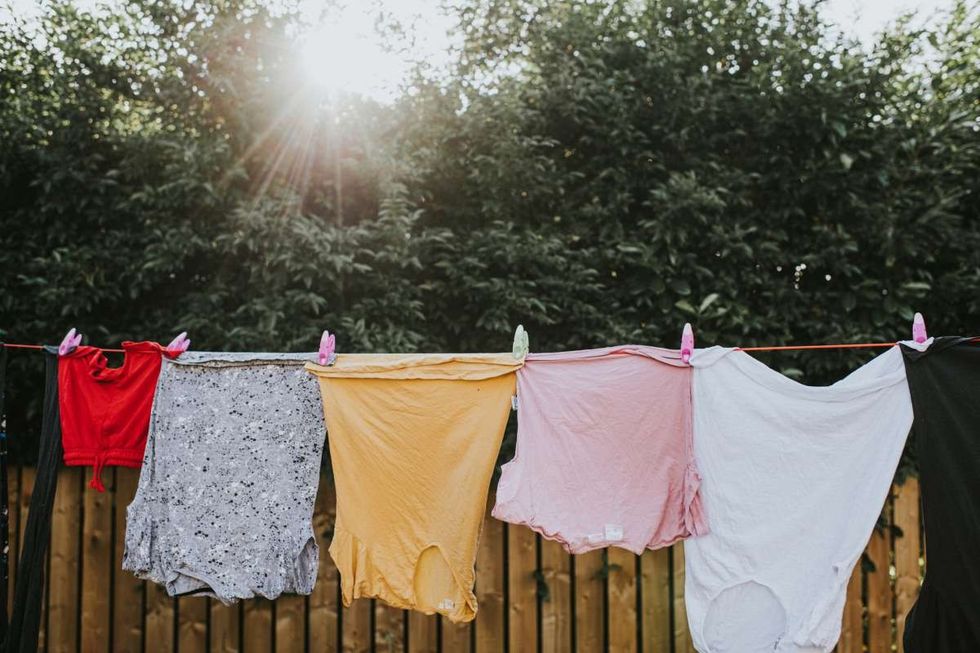
“Personal cooling textiles show great promise to tackle heat-related impacts of climate change,” Xueping Zhang, a professor specializing in personal thermal-moisture management at Donghua University, China, told CNN. “With the advancement of materials and technology, personal cooling textiles (will) be available for general public use in the near future,” added Zhang.












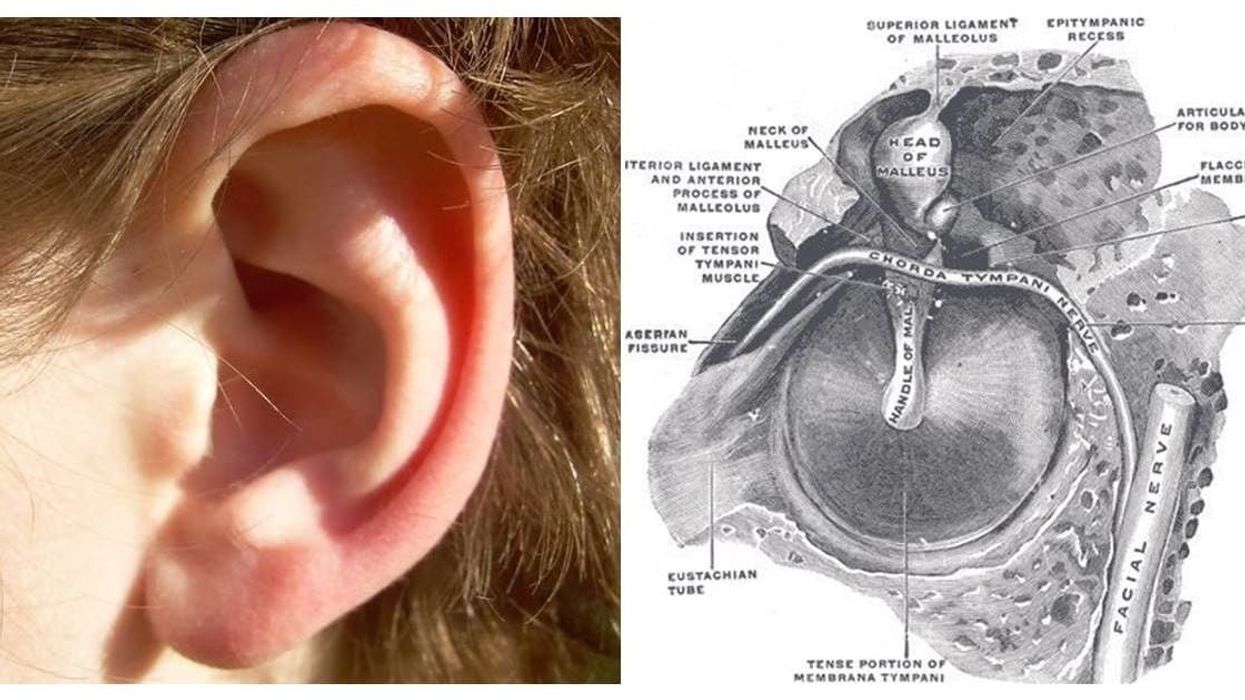



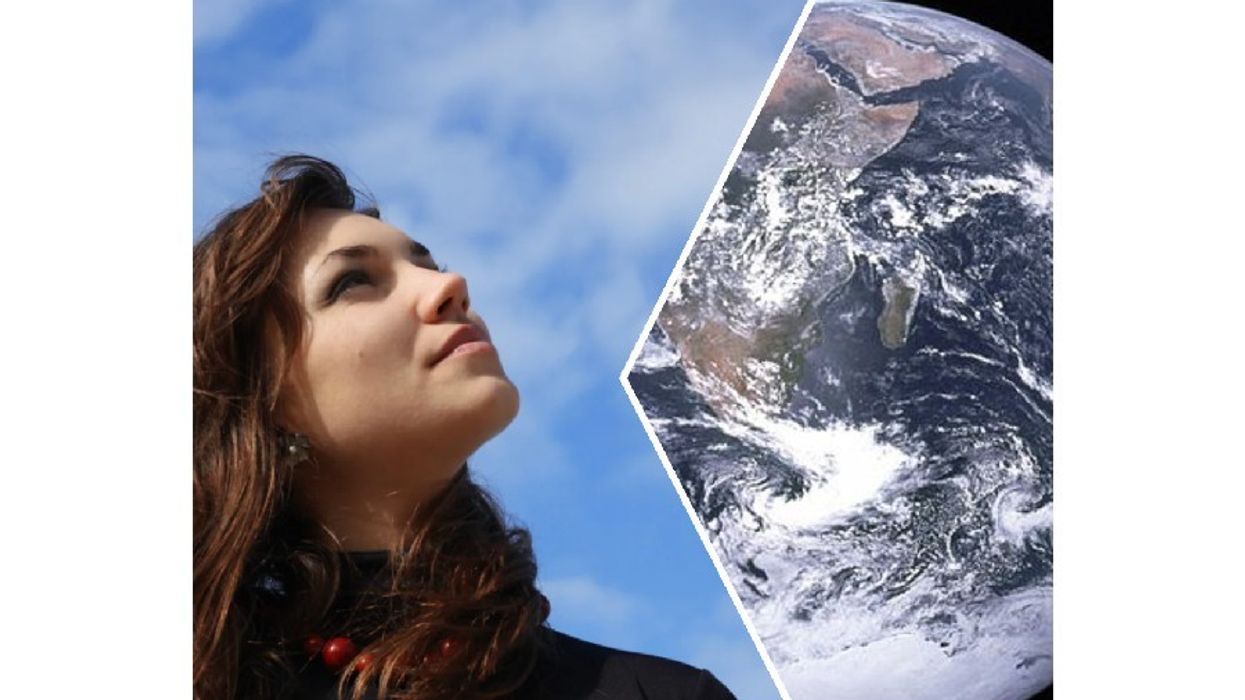
 The hole in the ozone layer in 2015.Photo credit: Wikimedia Commons
The hole in the ozone layer in 2015.Photo credit: Wikimedia Commons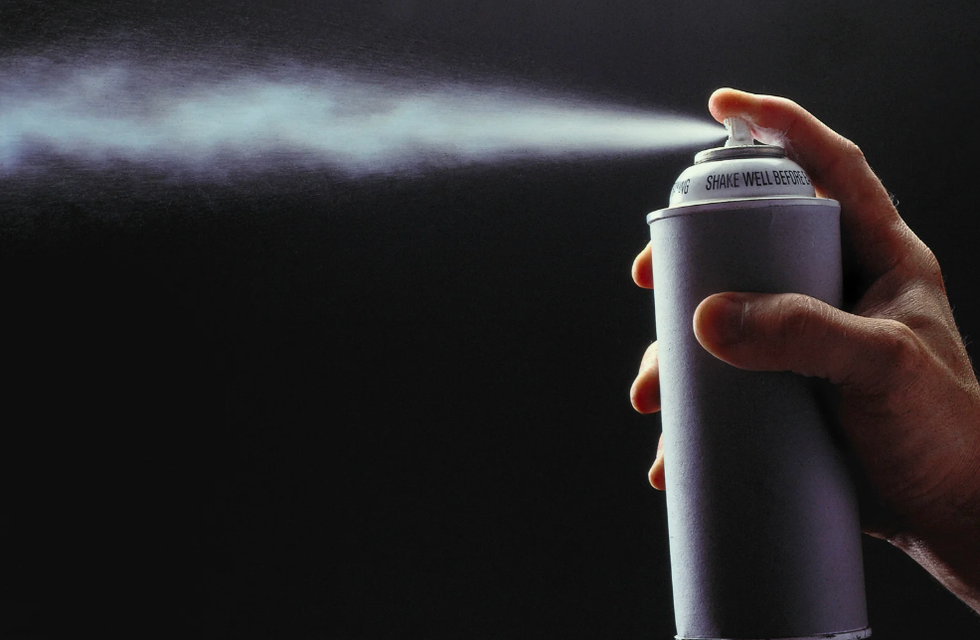 In the 1980s, CFCs found in products like aerosol spray cans were found to cause harm to our ozone layer.Photo credit: Canva
In the 1980s, CFCs found in products like aerosol spray cans were found to cause harm to our ozone layer.Photo credit: Canva Group photo taken at the 30th Anniversary of the Montreal Protocol. From left to right: Paul Newman (NASA), Susan Solomon (MIT), Michael Kurylo (NASA), Richard Stolarski (John Hopkins University), Sophie Godin (CNRS/LATMOS), Guy Brasseur (MPI-M and NCAR), and Irina Petropavlovskikh (NOAA)Photo credit: Wikimedia Commons
Group photo taken at the 30th Anniversary of the Montreal Protocol. From left to right: Paul Newman (NASA), Susan Solomon (MIT), Michael Kurylo (NASA), Richard Stolarski (John Hopkins University), Sophie Godin (CNRS/LATMOS), Guy Brasseur (MPI-M and NCAR), and Irina Petropavlovskikh (NOAA)Photo credit: Wikimedia Commons
 Getting older means you're more comfortable being you.Photo credit: Canva
Getting older means you're more comfortable being you.Photo credit: Canva Older folks offer plenty to young professionals.Photo credit: Canva
Older folks offer plenty to young professionals.Photo credit: Canva Eff it, be happy.Photo credit: Canva
Eff it, be happy.Photo credit: Canva Got migraines? You might age out of them.Photo credit: Canva
Got migraines? You might age out of them.Photo credit: Canva Old age doesn't mean intimacy dies.Photo credit: Canva
Old age doesn't mean intimacy dies.Photo credit: Canva
 University President Eric Berton hopes to encourage additional climate research.Photo credit: LinkedIn
University President Eric Berton hopes to encourage additional climate research.Photo credit: LinkedIn

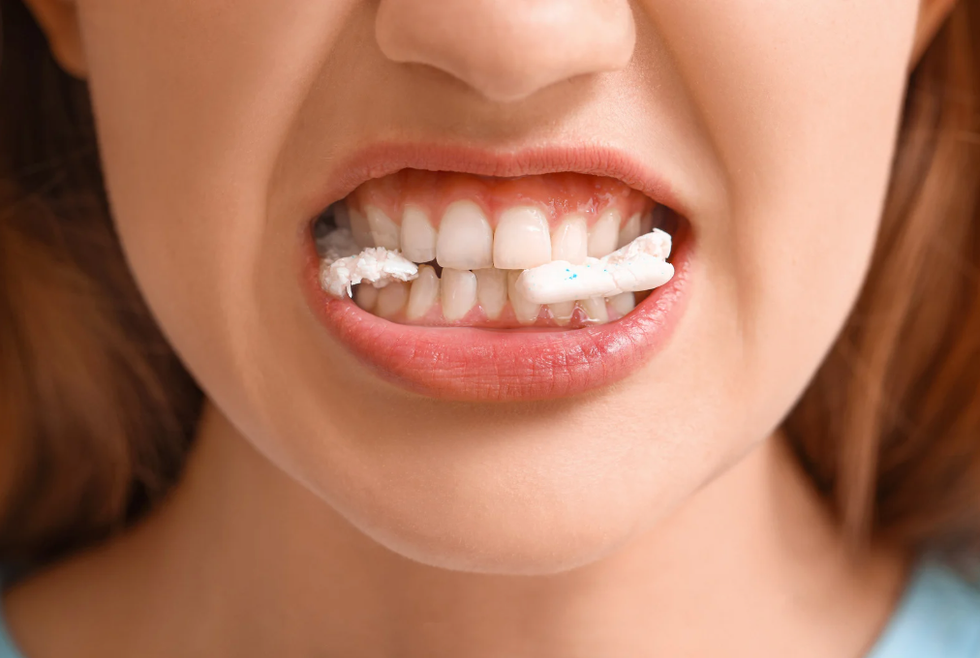 Chewing helps blood flow to the brain.Photo credit: Canva
Chewing helps blood flow to the brain.Photo credit: Canva
 There are many applications for 3D printing to explore.Photo credit: Canva
There are many applications for 3D printing to explore.Photo credit: Canva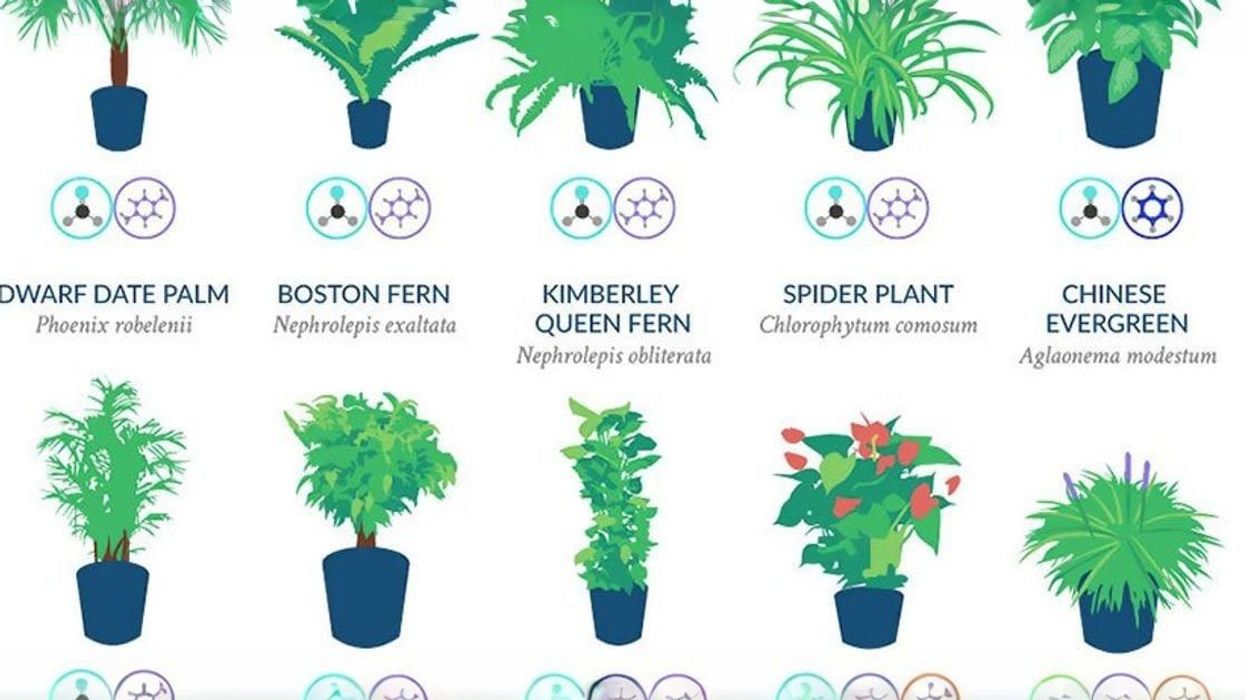
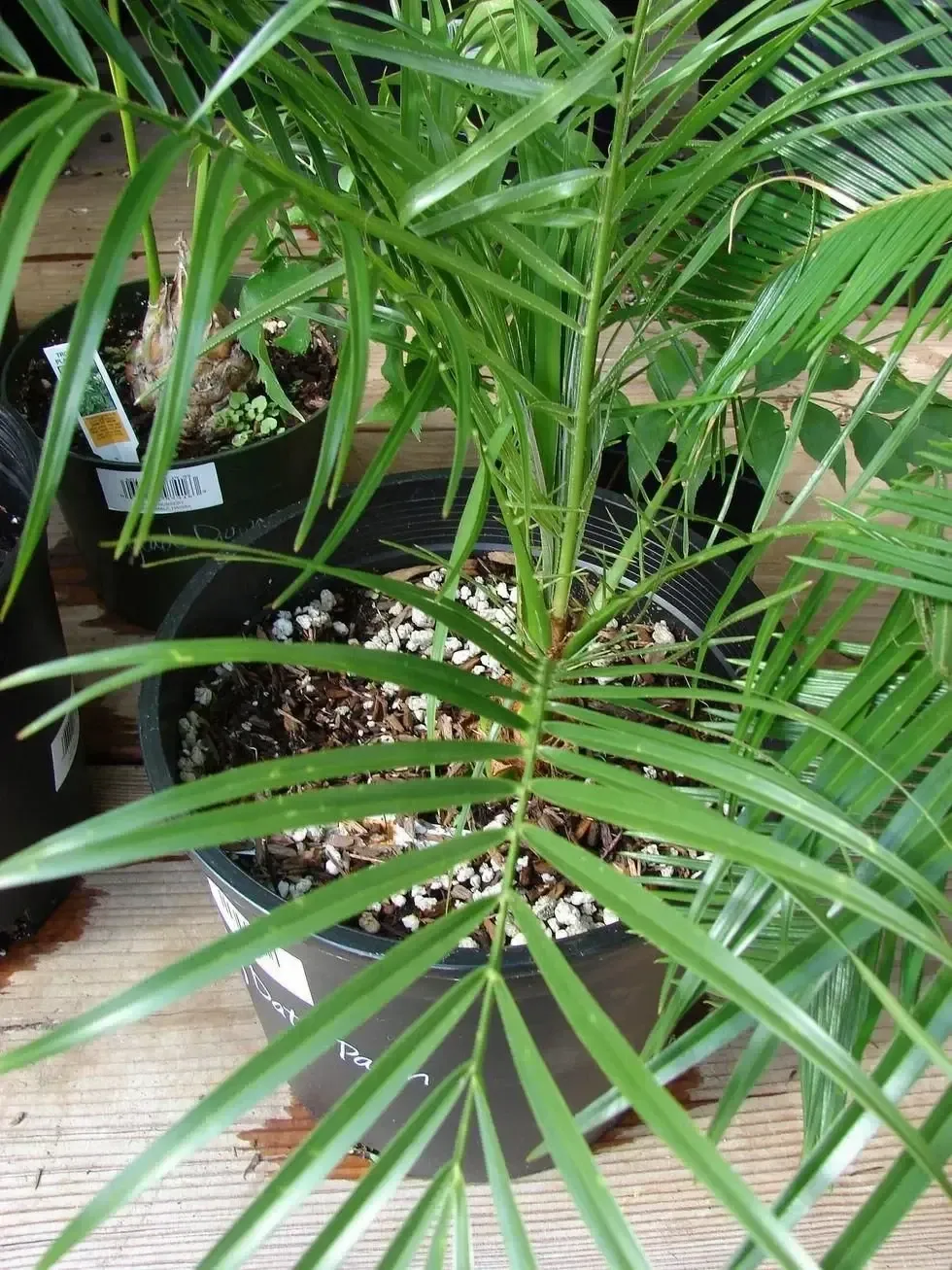
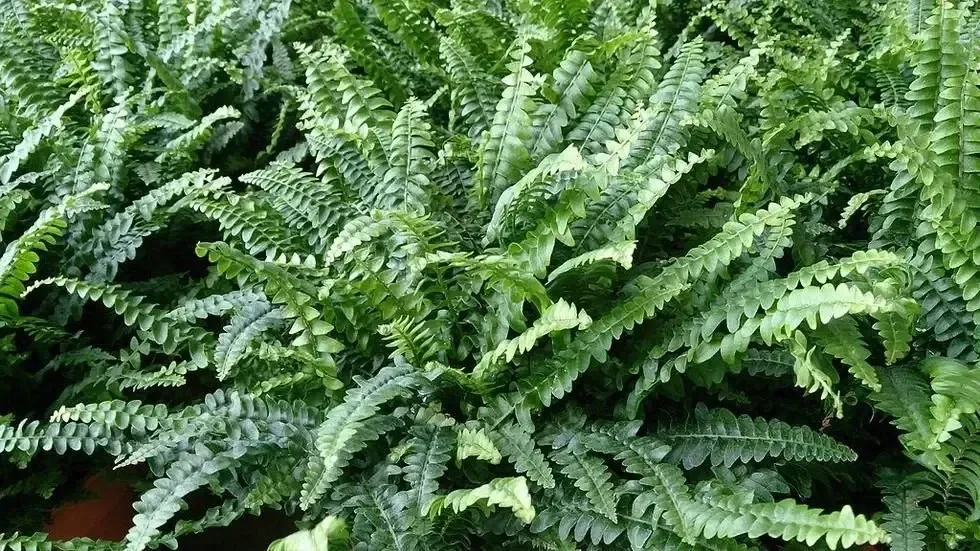
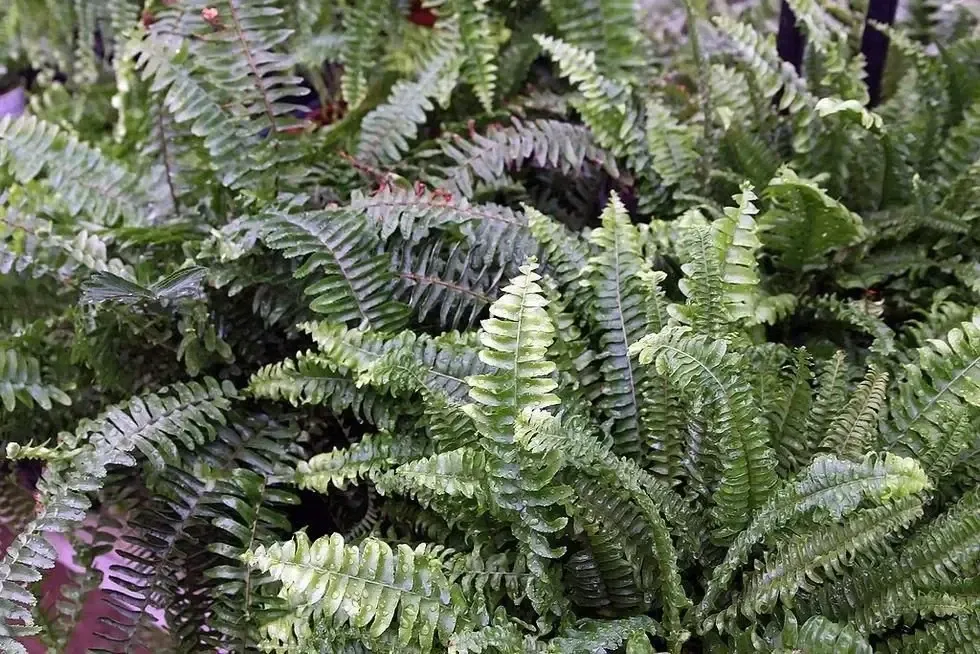
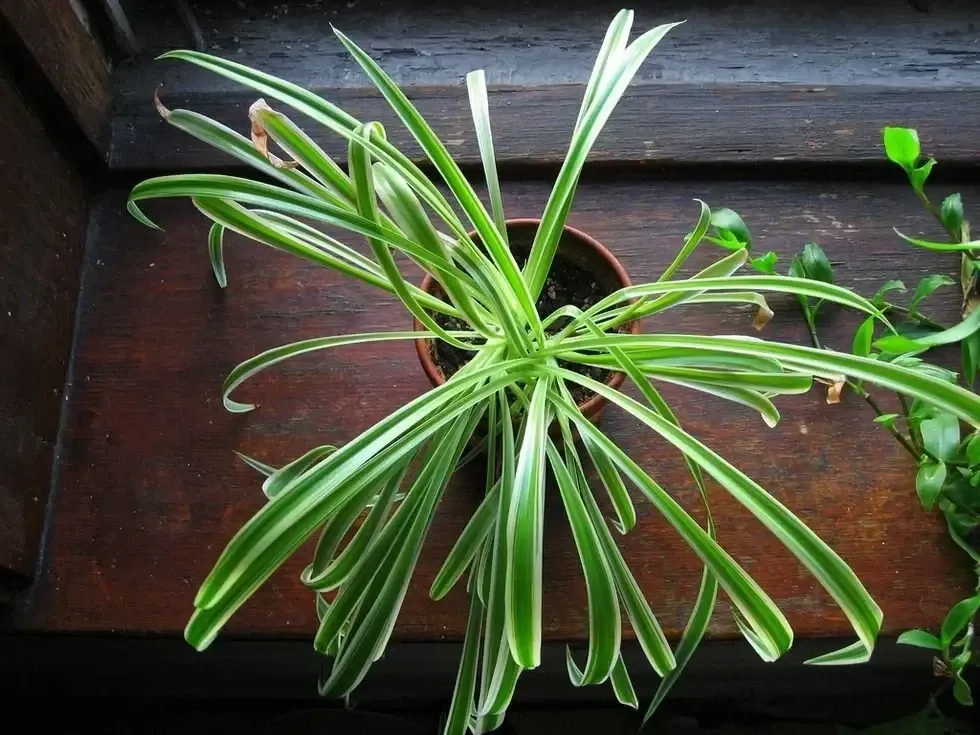
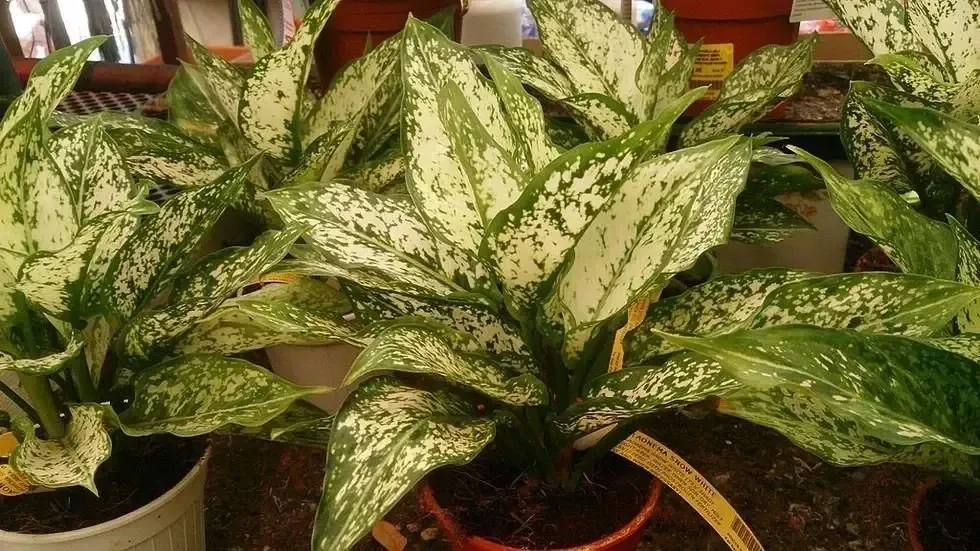
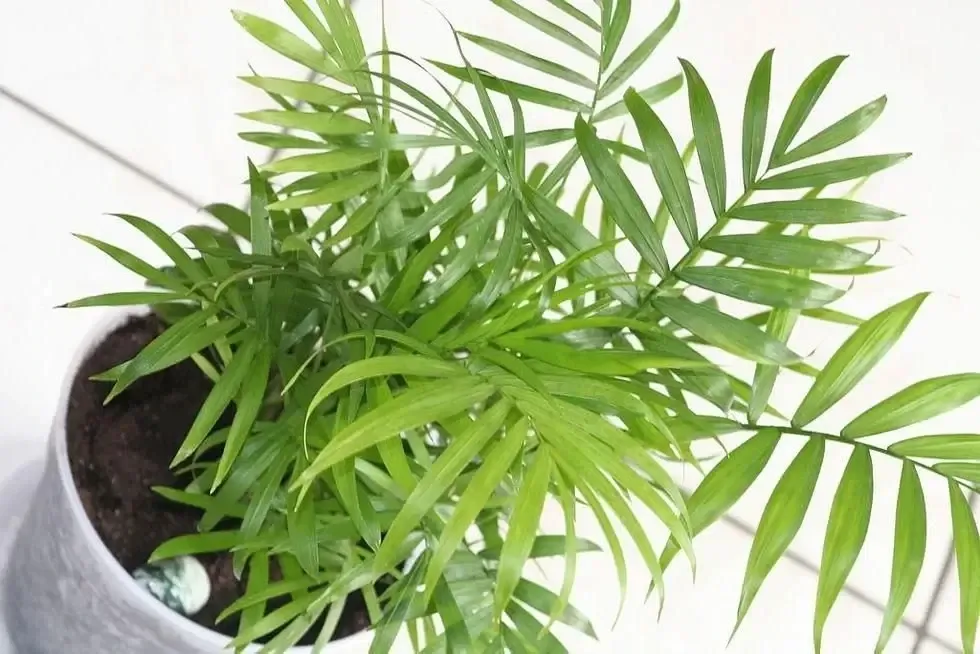
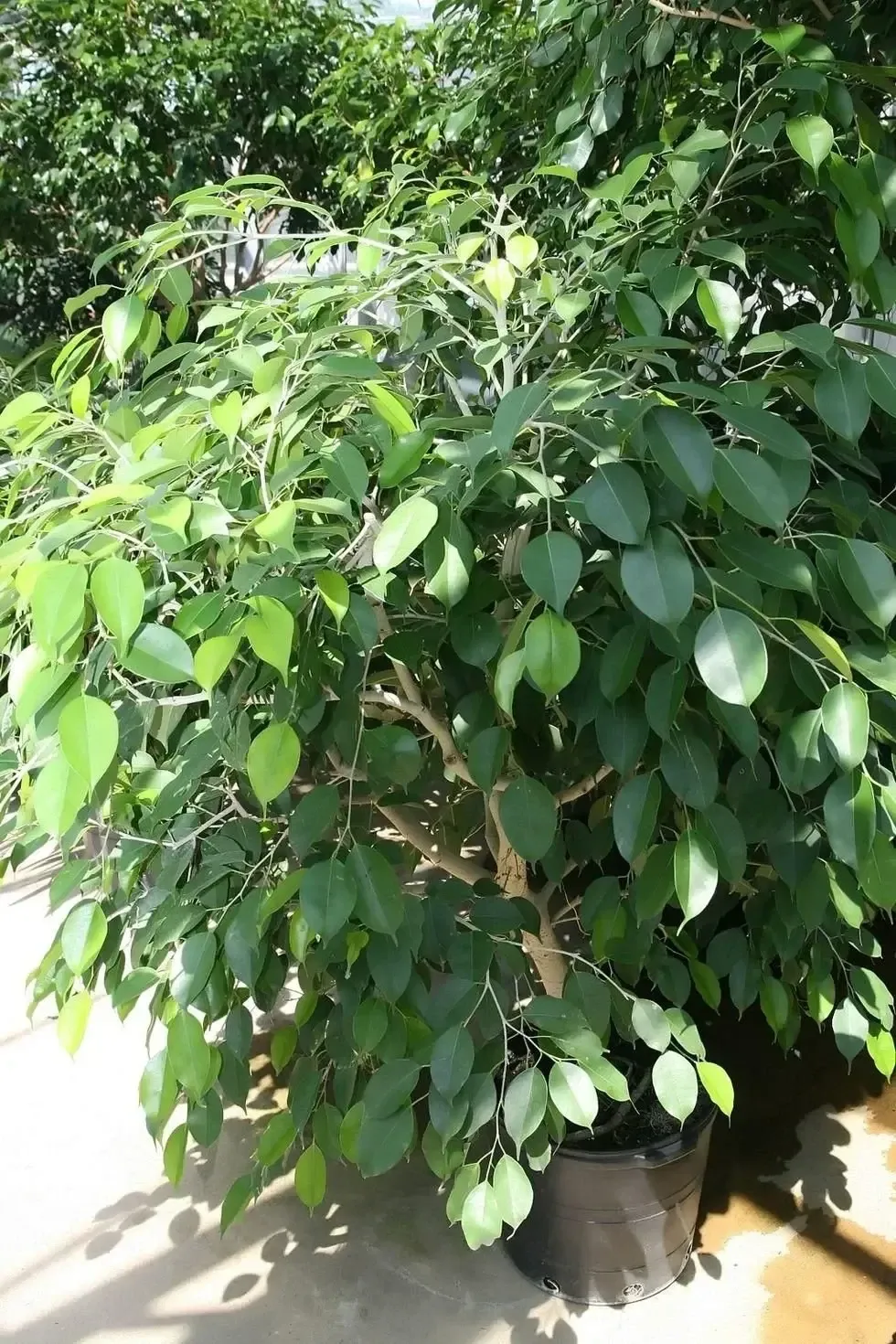
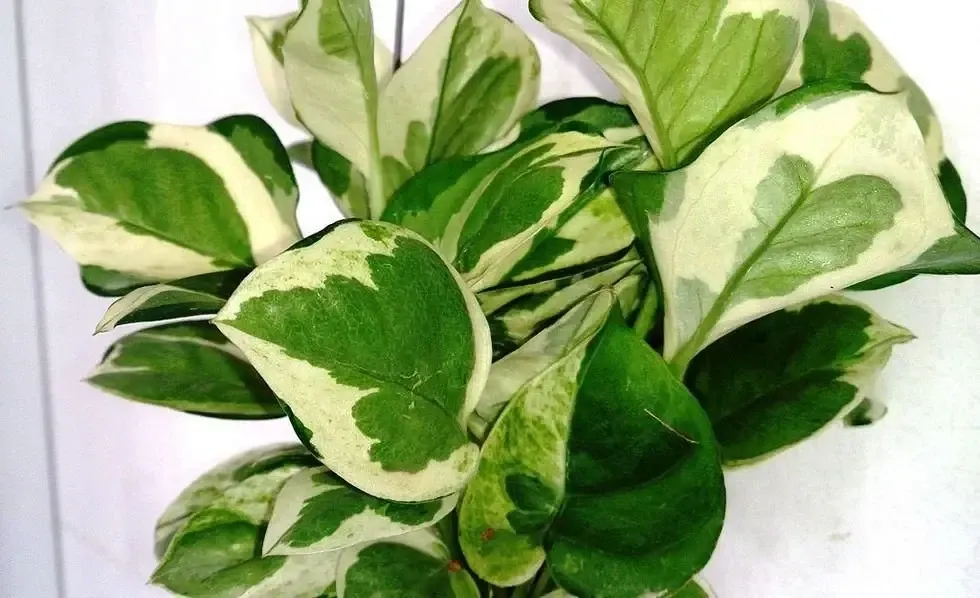

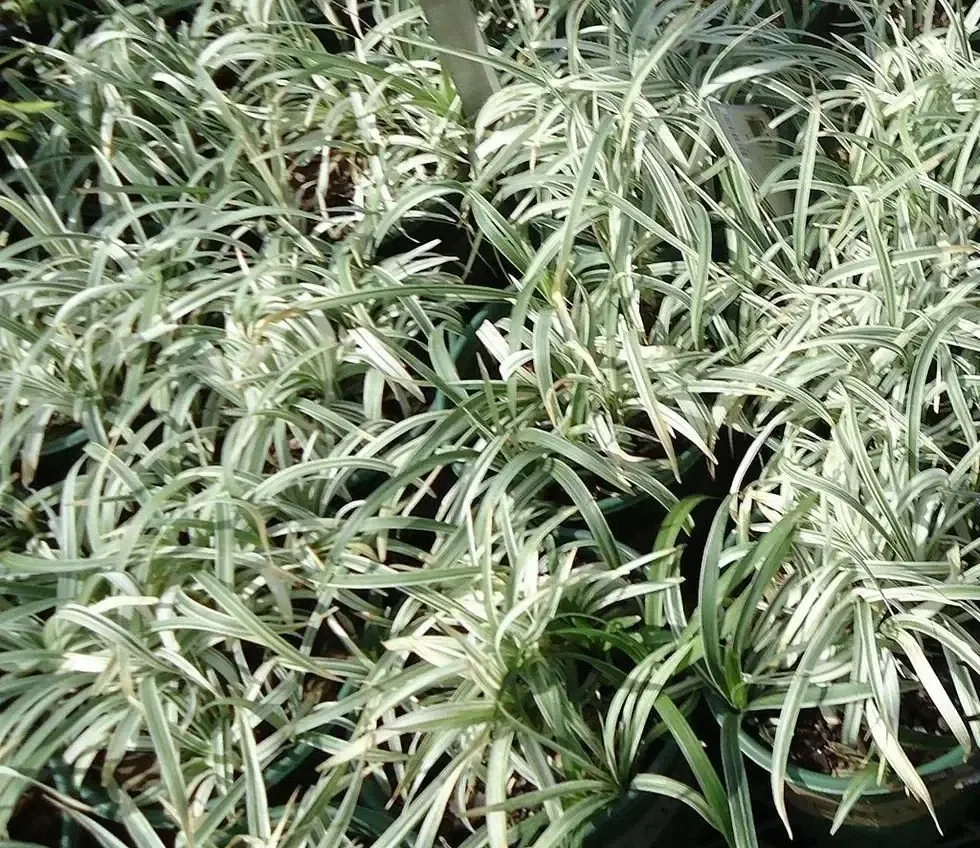
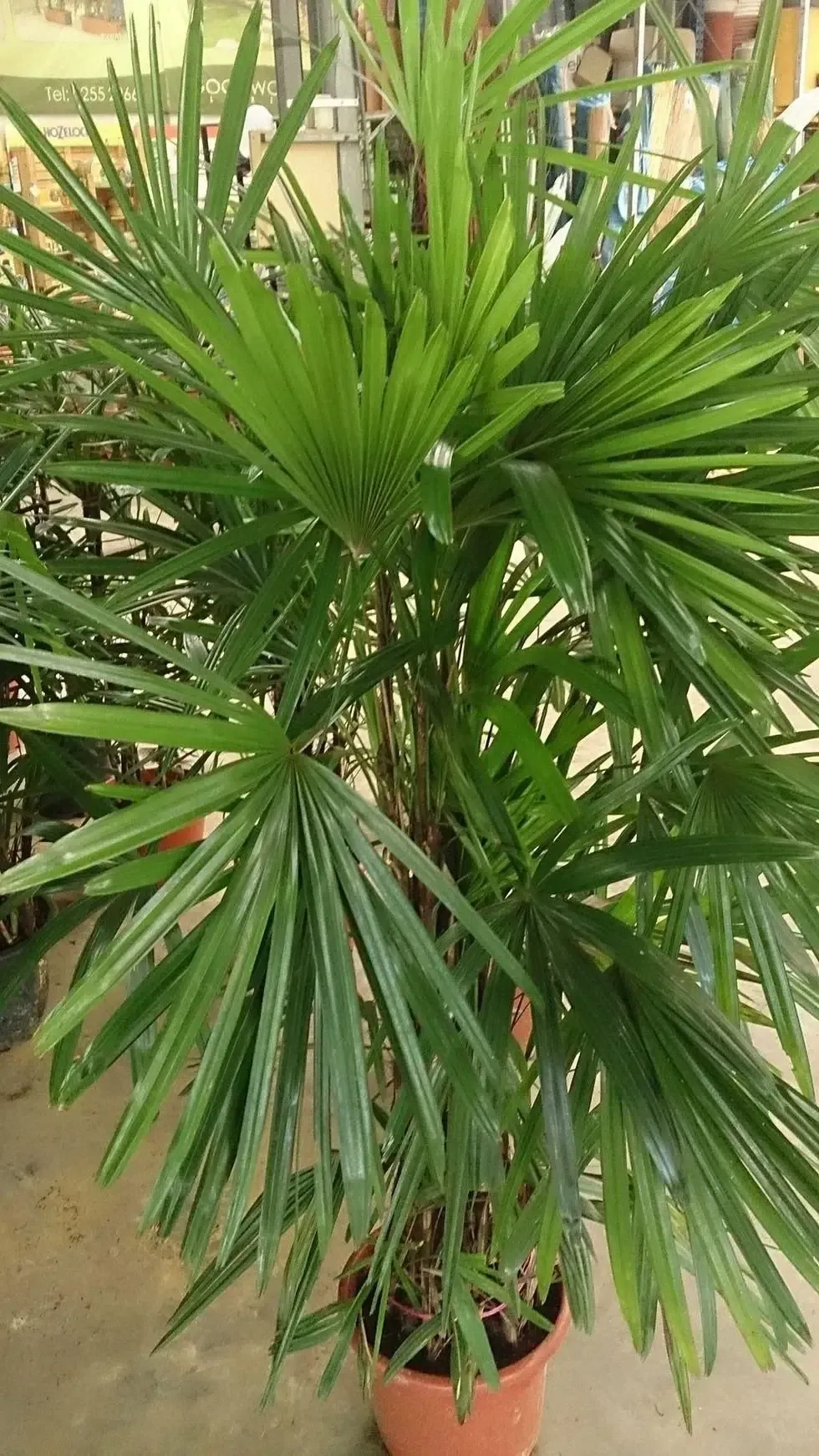

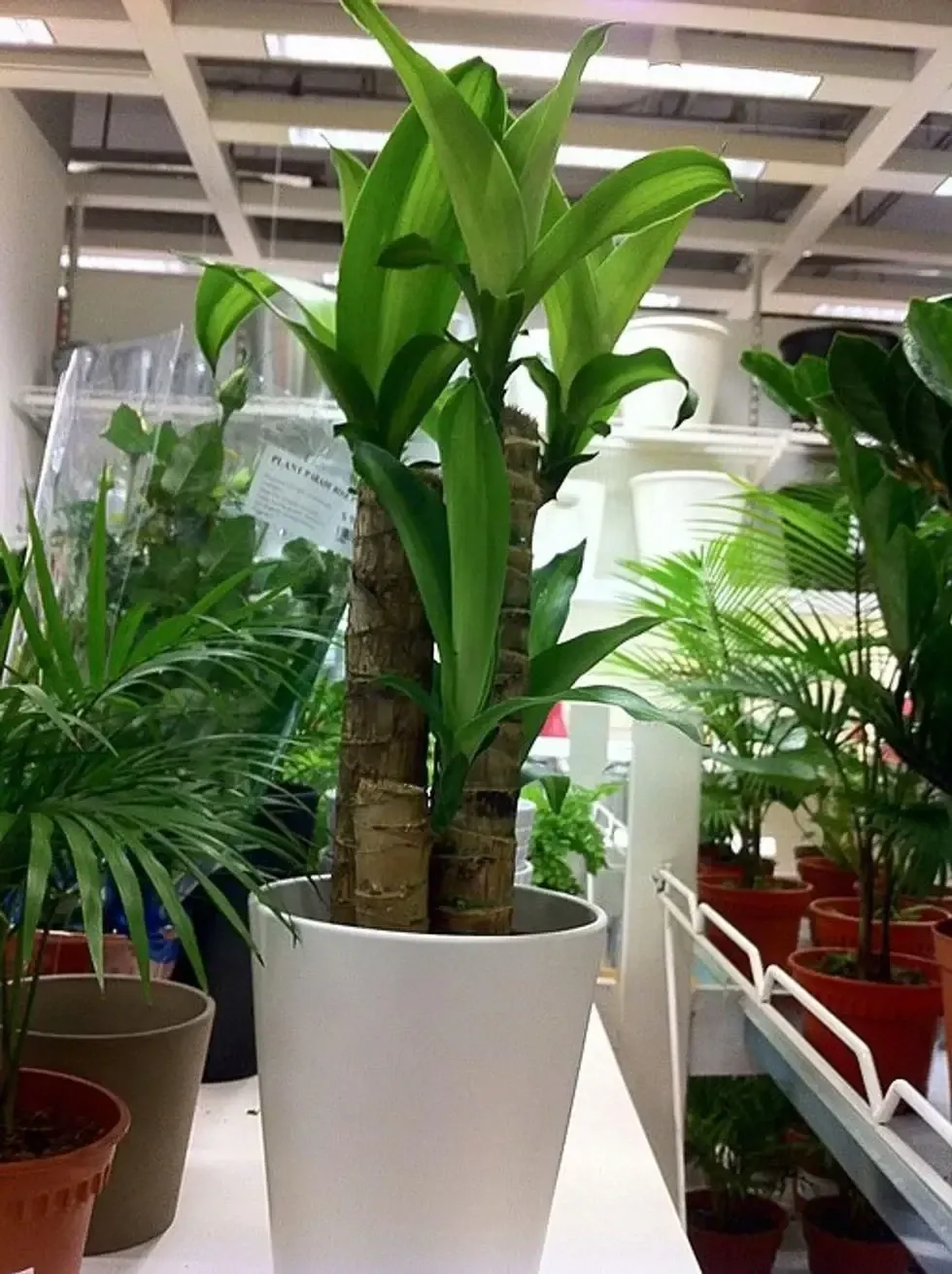

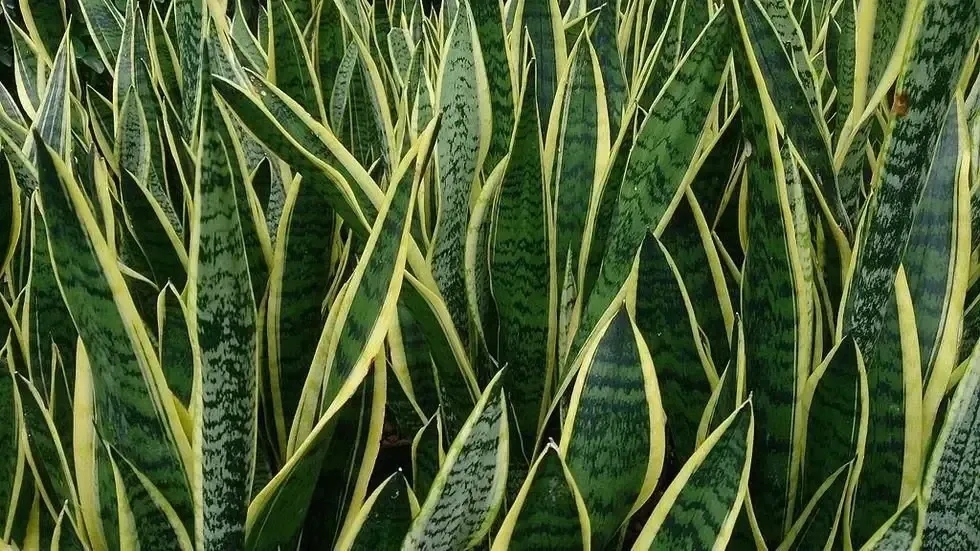
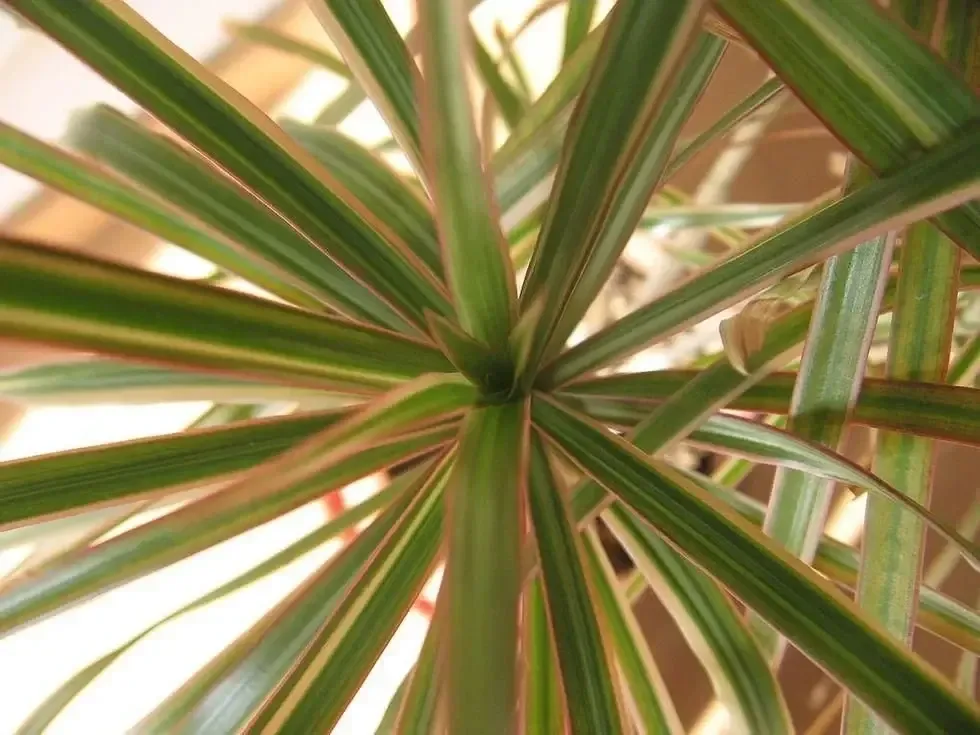

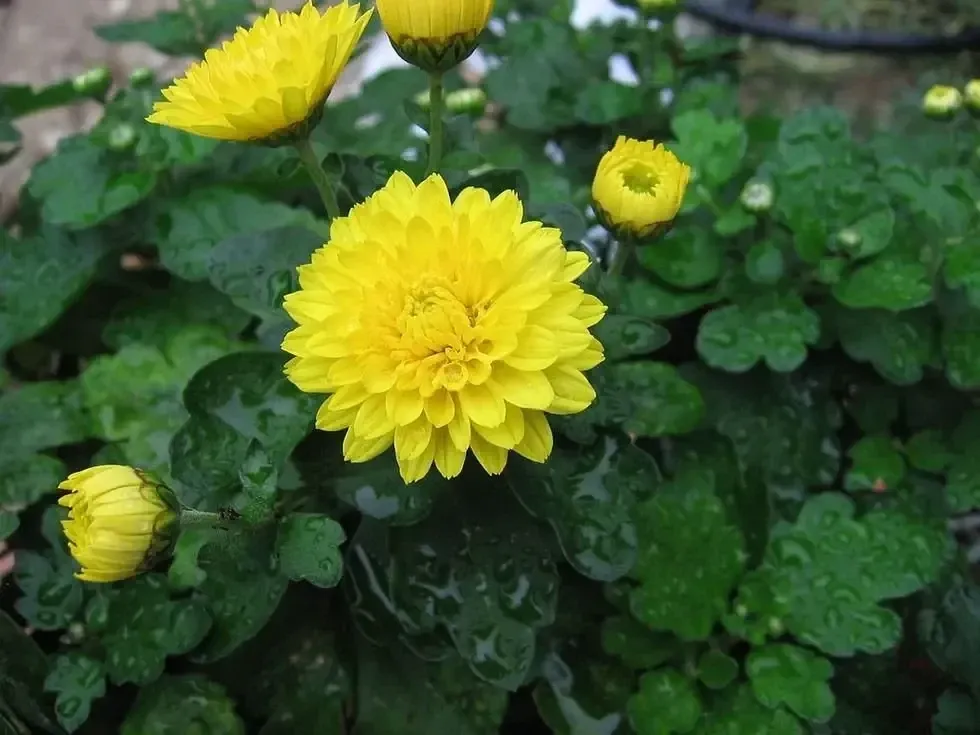

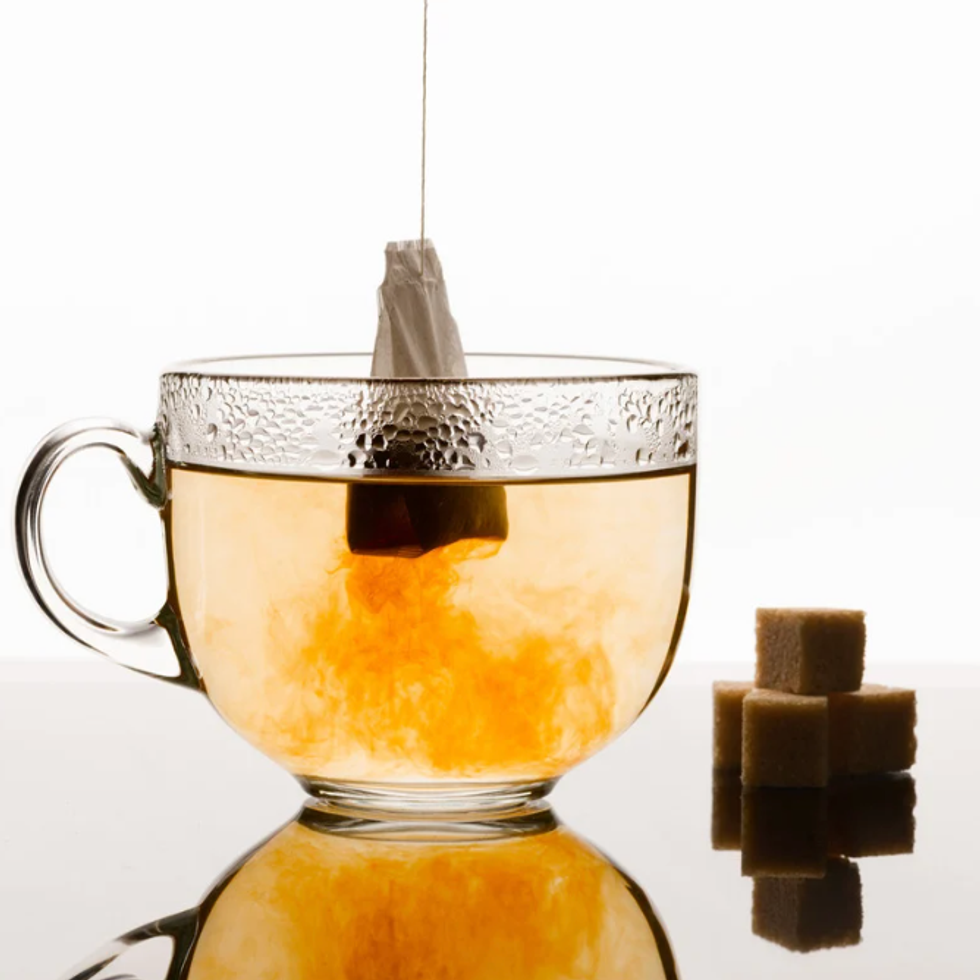 The types of tea, tea bags, and seeping time impact how much metal can be removed from water.Photo credit: Canva
The types of tea, tea bags, and seeping time impact how much metal can be removed from water.Photo credit: Canva Water filtration is still a need throughout the world.Photo credit: Canva
Water filtration is still a need throughout the world.Photo credit: Canva Tea drinking is a staple in many different cultures throughout the world.Photo credit: Canva
Tea drinking is a staple in many different cultures throughout the world.Photo credit: Canva